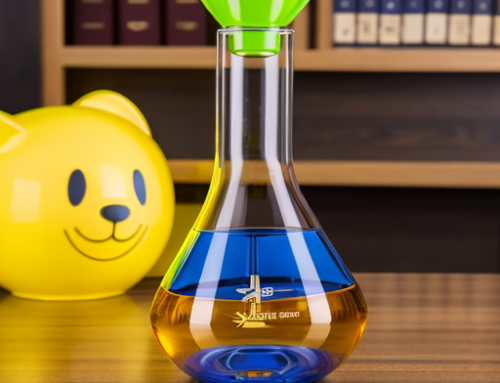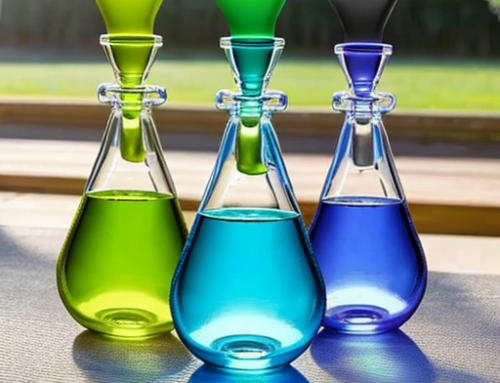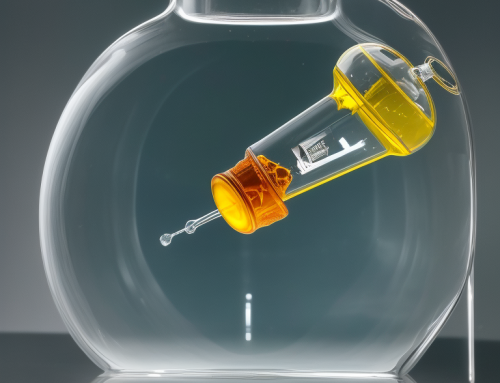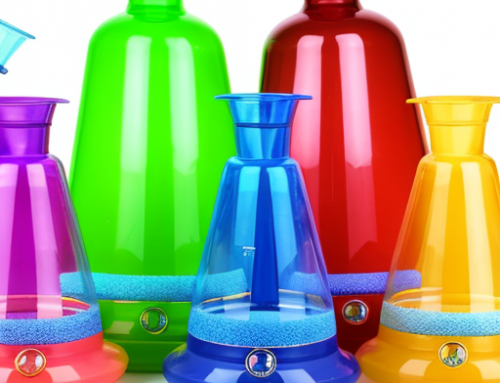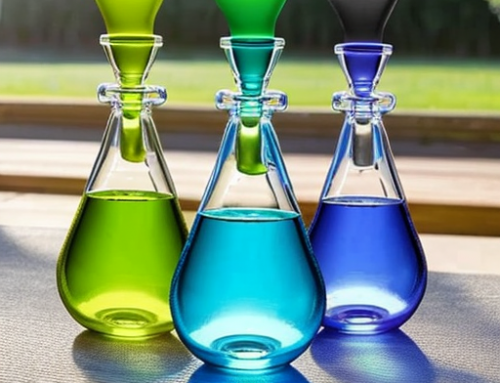Contents
Is a Soft Glass Bong Better Than Borosilicate Glass Bong?
One important decision you should make as a bong enthusiast is the piece to buy. Should you go for a simple hand pipe or a giant 10-inch bong with double percs and ice catchers? What about a bong that incorporates both simplicity and style?
There is a wide array of glass pieces to choose from, and new manufacturers are popping up daily with their inventions. But today, we want to focus on the type of glass bong you should buy for the best smoking experience. Of course, it’s easy to choose the best bong for you, but the tricky part is the type of glass that’ll serve you right.
Key Takeaways
- The material is one of the most important considerations you should make when buying a bong.
- Most glass bongs are made of either borosilicate or soft glass.
- Borosilicate glass material is adored for its durability and the soft glass for its aesthetics.
Glass Bongs Vary
It’s worth noting that not all glass is made equal, and choosing from the many glass bongs in your nearest headshop and online can get frustrating. If you’ve been a smoker for some time or have bought several bongs, you have probably heard of different glass types, such as soda-lime, food-grade, borosilicate, etc.
Borosilicate is the most popular glass material for reasons we’ll expound on later. However, soft glass is another material that has been under the radar for some time.
Soft glass has been around for a long time, and if it were a family tree, it’s like the common ancestor in the glass market. The soft glass was the first glass material and, in one way or another, the breakthrough for other glass types. However, soft glass is no longer popular as it used to be, but it still conveys crucial merits that make it an option among smokers. To help you clearly differentiate between soft glass bongs and borosilicate glass bongs, we’ve broken them down for an informed purchase.
Borosilicate Glass
Borosilicate is the strongest glass material available, made by mixing silica sand and boron trioxide. Normally, it would be hard to differentiate between these two components, but they combine well when boron trioxide is put under intense heat. Once heated, boron trioxide crystalizes into a glass and slows the annealing process, making the end product more durable and harder.
Thanks to boron trioxide’s ability to withstand such high temperatures, the borosilicate bong becomes less susceptible to thermal exposure. For this reason, borosilicate glass bongs have become the most popular choice among smokers, scientists, and chefs.
How To Identify Borosilicate Glass
Before we get into borosilicate glass identification hacks, we need to specify some notions here. Most glass items in your room or the kitchen may be of soda-lime glass comprising calcium oxide, sodium oxide, and silica sand, which can also withstand high temperatures. However, the lime-glass coefficient is lower than in borosilicate.
So, if you’re unsure which glass material is used to make your bong, you can eyeball and make a rough estimate. One of the easiest ways to spot soda-lime materials is by checking the edge of the bowl, container, or that baking dish and taking note of any bluish-green tinge. However, the test may not be 100% accurate.
Luckily, you can determine the type of glass used to make your bong without requesting assistance from a lab scientist. All bong brands publicly disclose the type of glass used to make the pieces, so you should check online or on the product’s label.
Is Borosilicate Glass Safe for My Health?
The boron trioxide used to make borosilicate glass is unsafe for human consumption in its raw form. This material is a powerful toxin that works perfectly as a pesticide. During heavy rainy seasons, the material may wash into water reserves and drinking water compartments leading to severe cases of boron poisoning. So why make bongs from such a dangerous chemical?
The solution binds boron with silica. The extreme heat used to realize this combination makes the once harmful compound inert and stable. So, even if you expose your bong to other chemical reactants, it cannot return to its original form, keeping you safe from any poisoning.
The only downside to going with a borosilicate bong is that it may not convey vibrant colors. As a result, glass blowers and bong manufacturers are only left with limited options when it comes to throwing color splashes. In this regard, the soft glass gains the upper hand.
What is Soft Glass?
Also known as soda-lime glass, soft glass is the original glass form and has been in use for over 2,000 years. It’s common in the glass material industry from kitchenware, science, and fashion and is regarded as the basis behind the contemporary glass market.
Unlike the borosilicate glass discussed above, soft glass does not withstand extreme heat and is susceptible to shattering or cracking when exposed to thermal shock. However, soft glass claims gold when it comes to artistic endeavors.
Soft glass remains instrumental in the bong industry mainly due to its malleability and limitless color options. This feature makes the soft glass material the ultimate choice for glassblowing artists looking to craft ornate glass bongs or intricate sculptures. However, soft glass is not the ideal material if you want a durable and resilient piece that can withstand your clumsy hands and your long smoking hours in extreme heat.
So, Should I buy a Borosilicate Bong or Soft Glass Bong?
Borosilicate is touted as the best choice for all smokers. Besides, the material’s coefficient of expansion is lower than soft glass, which is another way to say that nothing will happen to it in extreme temperatures. If you don’t need artistic value when purchasing our bong, then a borosilicate glass bong is the ultimate choice. But that’s not how things work, is it?
Aesthetics and artistic flare may bring much more value than you think, especially for smokers. Sure, stoners have made art part of their experience, and glass blowers understand this, hence the continued production of bongs made of soda-lime glass. They understand that some reckless smokers may dislike the product, but they ensure that careful and artistic stoners find the soft glass bong visually appealing and functional.

